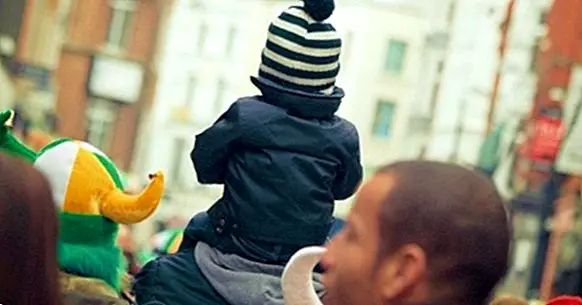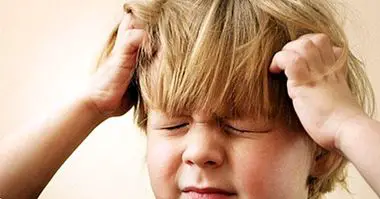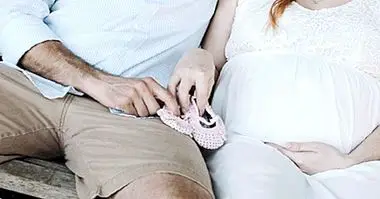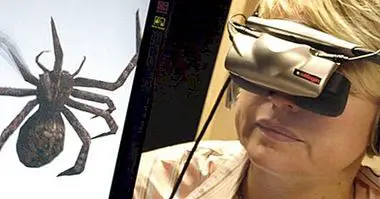7 myths about child sexual abuse (pedophilia)
Sexual abuse in childhood (pedophilia) is a problem of vital importance for the mental health of the people who suffer it.
This type of abuse has been considered a risk factor for the development of a variety of psychiatric disorders, including schizophrenia, dissociative disorder or depression.
Child sexual abuse: invisible and ignored
Even so, at the social level, it is an inconspicuous issue, with a high number of unreported cases and associated with an important number of myths that influence the general knowledge of the problem. Some beliefs that distort the vision of this type of abuse at a social level, that can influence the stigma towards the victims and create resistance to denounce these cases.
So, It is important to know these myths in order to provide real and contrasted information about this phenomenon so that it can be addressed more effectively. In this article we will explore seven of the myths that I consider most relevant:
Myth 1: Child sexual abuse is not as common as it is said
The truth is that this type of abuse is more widespread than we think. It is estimated that one in four girls and one in six to eight children have suffered sexual abuse in childhood .
Recent studies indicate that the prevalence in Spain of child sexual abuse is 19% in women, and 15.5% in men. Many of the victims never reveal the abuse, which, when they go unnoticed by the authorities, these figures could be higher
Myth 2: Girls are more at risk than boys
Prevalence studies indicate that women suffer more sexual abuse during childhood, but these results may be influenced by a bias in the complaints .
It is believed that men may find it more difficult to relieve abuse, due to cultural stereotypes of masculinity and initiators of sexual relationships.
Myth 3: The aggressors are people unknown to the victim
Literature shows us that, approximately in 80-85% of cases, the abuser was known to the victim , even from his own family circle.
In Spain, it is observed that in cases where the victim is under 13 years of age, between 23.7 and 29.3% of the cases the aggressor was unknown. These numbers increase between cases where the victim is between 13 and 18 years old, being able to observe that between 20% of women and 54.5% men were abused by a stranger.
Myth 4: Sexual abuse in childhood only occurs in certain social classes, cultures or dysfunctional families
Sexual abuse in childhood occurs in all cultures, communities and social classes . This myth can limit prevention, since it ignores that this type of abuse can happen to any person, and the same happens in relation to dysfunctional families.
This type of abuse is independent of the functionality of the family, since abusers can gain the trust of both functional and dysfunctional families.
Myth 5: All sexual abusers were abused as children
Some of the abusers have been victims of sexual abuse during their childhood , but this is not a generalized fact, since studies indicate that one out of every eight victims of child sexual abuse ends up sexually abusing children.
This myth is used by abusers to get sympathy or rationalize their abusive tendencies.
Myth 6: Abusers are only men
The literature suggests that between 20-25% of cases of sexual abuse have been perpetrated by women . This myth is based on the belief that women are providers of care and are not capable of being aggressive towards children.
Children under 5 years of age and adolescents are at greater risk of being victims of women.
Myth 7: Abused children know that it is wrong and they would reveal it
Minors are not necessarily aware that this type of activity is wrong: the technique of "grooming", groom in Spanish, is used by pedophiles to gain friendship and trust of minors before the abuse begins.
Through this technique, the child does not want to lose friendship with the abuser, or violate their trust, since they consider their relationship to be special, and therefore, they do not explain this abuse to anyone.
I hope this information has been useful and serves to understand this phenomenon much better.
Bibliographic references:
- Pereda, N & Forns, M (2007) Prevalence and characteristics of child sexual abuse in Spanish university students. Child Abuse & Neglect, 31 (2007), 417-426
- Sanderson, C. (2006) Counseling adult survivors of child sexual abuse. London: Jessica Kingsley Publisher.



















